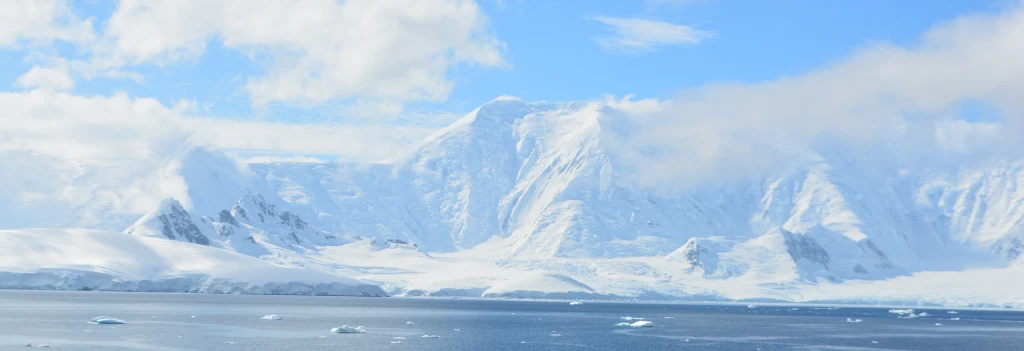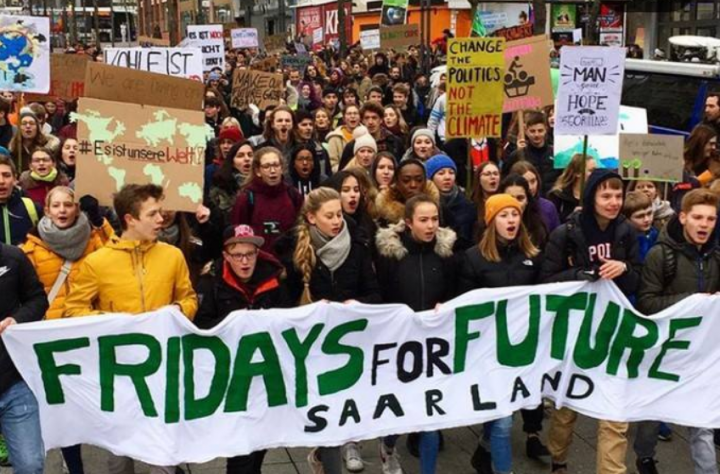
There may not be many wild places left on Earth, but Antarctica certainly is one. Winters are extremely hostile to life – certainly to human life – with extremely cold temperatures and months without sunlight. Even summers are cold, and the weather is dangerously moody. The sheer size of this ice-covered continent is breathtaking. It is much larger than Europe 14,200,000 km2) and essentially unpopulated except for a few researchers in a couple of stations and some tourists who reach the Antarctic peninsula on cruise ships during the few weeks this is possible to cross the treacherous Drake passage between Patagonia and Antarctica each summer.
Continue reading





You must be logged in to post a comment.